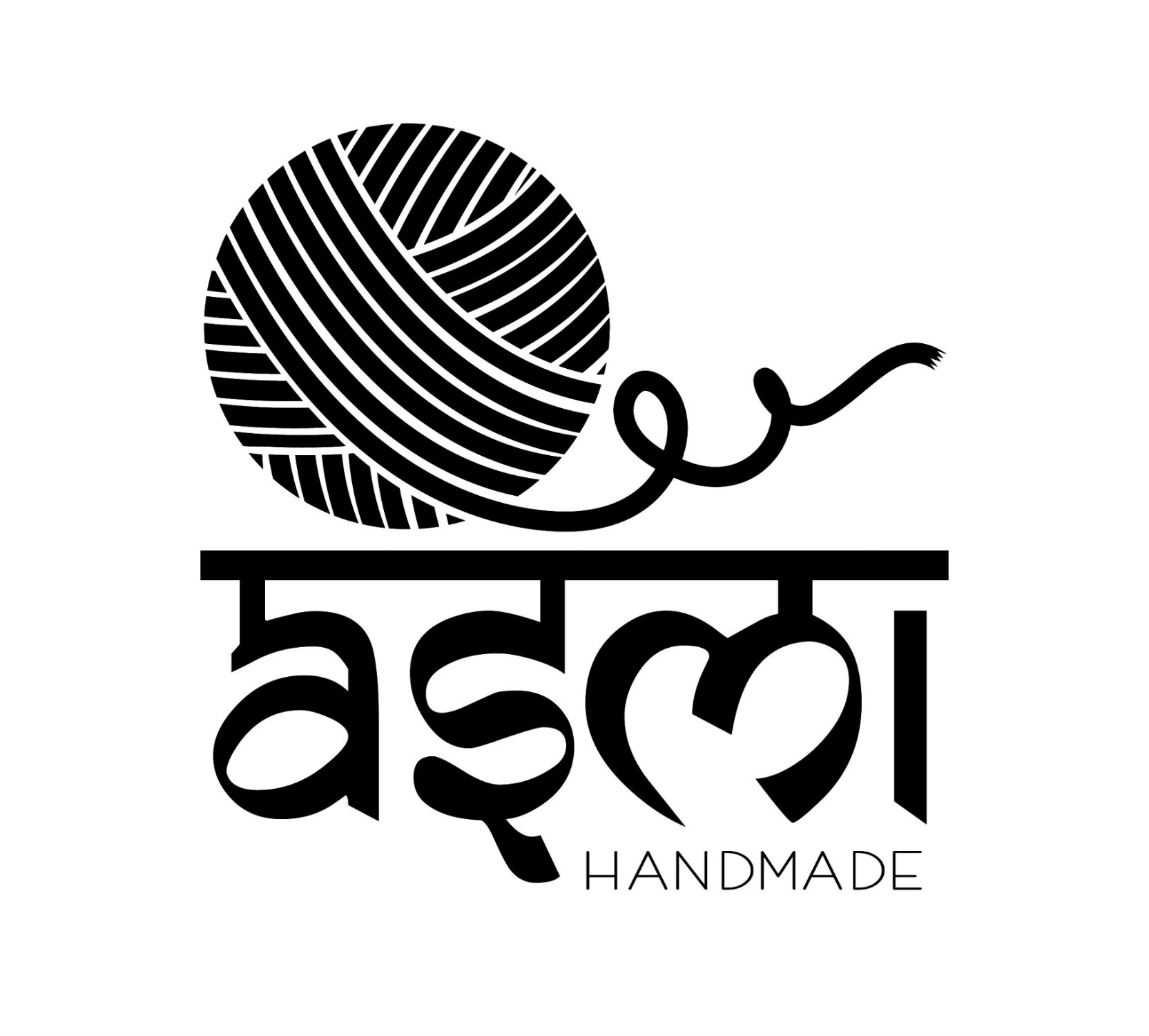Do you like/use inline or tapered crochet hooks? If you are confused and wondering what I’m talking about then fetch your favourite hook and compare it to the picture below. Does it look like the pink one or the green one ?

Front View: Tapered hook vs. Inline hook
There are mainly 2 categories/kinds of hooks. By kind, I don’t mean the material with which the hook is made of. A crochet hook can be made of steel, aluminium, wood, acrylic or plastic, but it will still belong to a kind, which basically differ in their head shape. The two kinds of hooks are “Inline” and “Tapered” hooks. Often we all learn to crochet with a tapered hook as they seem to be more common. I learnt to crochet when I was in India and in India I could only get tapered hooks. I didn’t know about inline hooks until I saw someone using a Susan Bates crochet hook a few years ago.
Inline Crochet Hooks
Below is the picture of an inline crochet hook. On an inline crochet hook, the diameter of the neck(just below the hook head) and shaft of the hook are the same. This is specially useful if you are a beginner as the neck and the shaft are of the same width, which ensures that your stitch tension is uniform.

The neck of an inline crochet hook looks like as if a cylindrical tube has been sliced with a clean cut.

If you look at the side view of both the hooks below, the hook itself of an inline crochet hook (green one on the right) is deeper and some people find it useful as the yarn doesn’t slip off the hook easily. The hook itself is sharper and the tip of the head is pointier. Some people might find this annoying (specially if you are working with cotton yarn) because it can split the yarn strands.

Side View: Tapered hook vs. Inline hook
My personal observations about Inline hooks:
- I need to move my wrist in a more circular motion and not just the fingers (like for tapered hooks) while crocheting with these
- I find that the deeper hook catches the yarn better than a tapered one and doesn’t slip off
- The sharper hook edge sometimes(not often enough to bother me) tends to split the yarn(specially if the yarn plies are not spun tight)
You can see my Amigurumi projects HERE that I have made using the inline hooks.
Tapered Crochet Hooks
Below is the picture of a tapered crochet hook. On a tapered crochet hook, the neck of the hook is narrower than the shaft of the hook, hence the name Tapered. This can be problematic if you are a beginner and don’t make your stitches near the neck or the shaft consistently every time, because your stitches (made near the neck) will be tighter and the stitches (made near the shaft) will be looser. But I learnt crochet on a tapered hook and eventually (just like me) you will also learn to get the tension right using both hooks.

The neck of a tapered hook is curvy and smooth with no planar surface like the inline crochet hook. The tip of the head is not as pointy. The hook itself isn’t as deep and some might find it difficult to catch the yarn as it might slip off the hook every time you try to pull it through a stitch, specially with thicker yarn.
My personal observation about Tapered hooks:
- With a Tapered hook, the yarn slips while pulling it through a stitch, quite often specially while crocheting small pieces in the round (Amigurumi)
- The hook doesn’t split the yarn as often as an Inline hook when crocheting with cotton yarn
- I move my fingers in a curved motion and my wrist moves very little while crocheting with these hooks.
- As beginner many years ago, I struggled with uniform stitch tension with these hooks, But it got better with experience.
You can all my other crochet projects that I’ve made using tapered hooks HERE.

Having said that, neither hook is better or worse than the other. It’s strongly just a personal preference. I personally like both. I prefer inline hooks when making Amigurumi and tapered for all my other projects. What about you ? Which kind do you prefer ?








